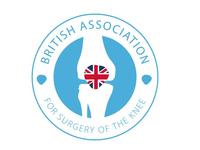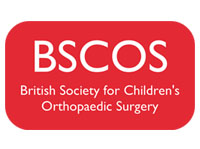BOASt - Management of Anterior Cruciate Ligament Injury in the Skeletally Immature Patient



Last Updated: May 2022
Date Published: May 2022
BOAST Management of Anterior Cruciate Ligament Injury in the Skeletally Immature Patient 2022
Background and justification
The scope of this guidance is to provide recommendations for the assessment and management of skeletally immature patients with suspected Anterior Cruciate Ligament injuries.
Summary of Audit Standards
-
Assessment and Diagnosis
- All children presenting with haemarthrosis following knee injury should be managed on an acute knee pathway.
- Where examination findings are difficult to interpret, the pathway should enable an MRI scan to be performed within two weeks of injury.
- A locally agreed imaging protocol should be in place with appropriate sequencing and reporting by specialist musculoskeletal radiologists.
- An assessment of remaining growth should be performed and documented for all children in whom ACL reconstruction is considered.
-
Management
- Management should be delivered by surgeons with combined experience in adult and paediatric soft tissue knee surgery and should be subject to a documented MDT process.
- Supervised, multi-disciplinary non-operative management should occur within a locally agreed protocol and be subject to ongoing review.
- Failure of non-operative treatment should prompt definitive surgical management which should not be deferred until skeletal maturity.
- Graft choice, transphyseal and physeal-sparing techniques and the possible need for lateral extra-articular tenodesis should be discussed and documented.
- ACL repair is not recommended unless carried out in a controlled research setting.
- Case volumes should be monitored and evaluated as part of the MDT process.
- The treatment pathway should ensure access to appropriate paediatric operating theatres, perioperative care and ward areas so that treatment is not delayed.
- Post-operative Care
- Rehabilitation after surgery should be part of a dedicated pathway delivered by staff trained in the management of age-specific knee injury.
- Surgically treated patients should have radiological monitoring for growth disturbance until skeletal maturity.
- There should be a locally agreed referral pathway for cases where growth disturbance is suspected.
- Outcomes including functional scoring, re-rupture and contralateral rupture rates should be recorded by all surgeons managing paediatric ACL injuries. Contribution of patient data to national registries should occur when available.
- There should be a locally agreed pathway for transition to adult care when required.
